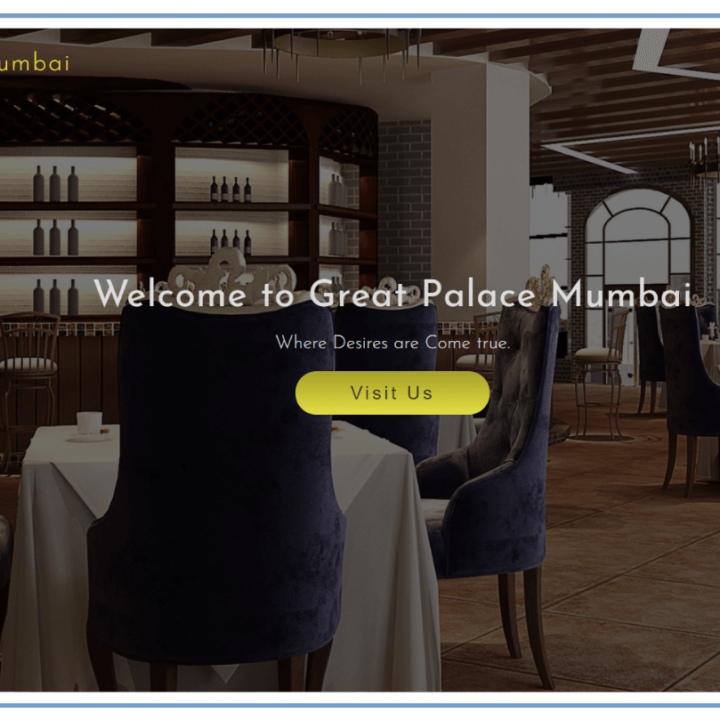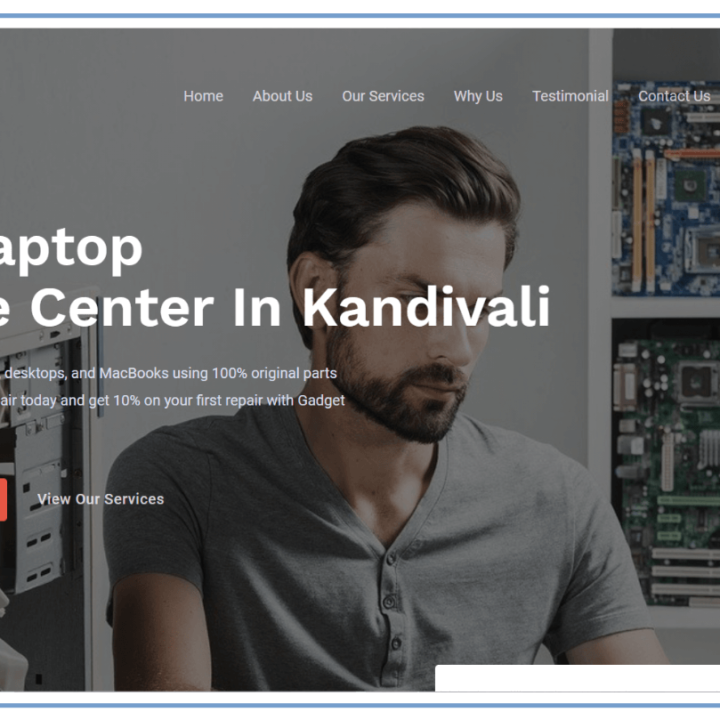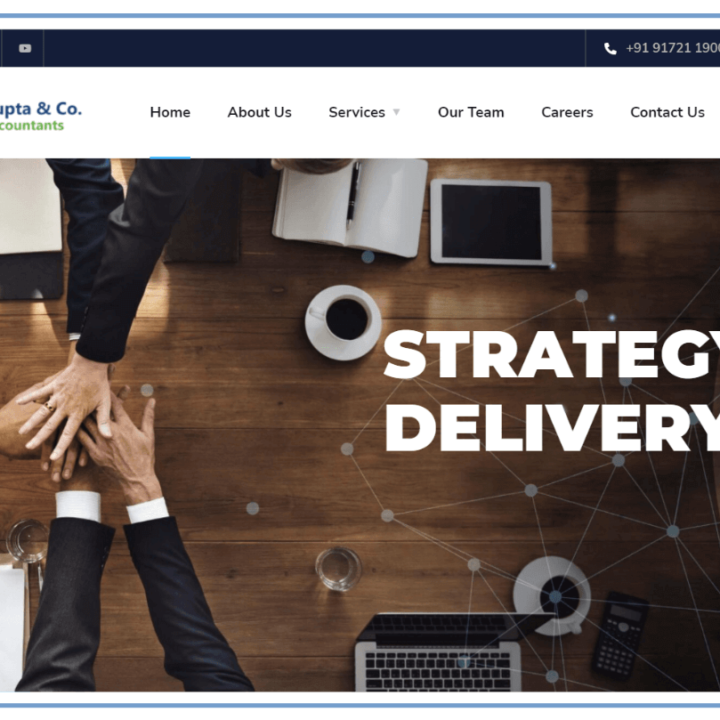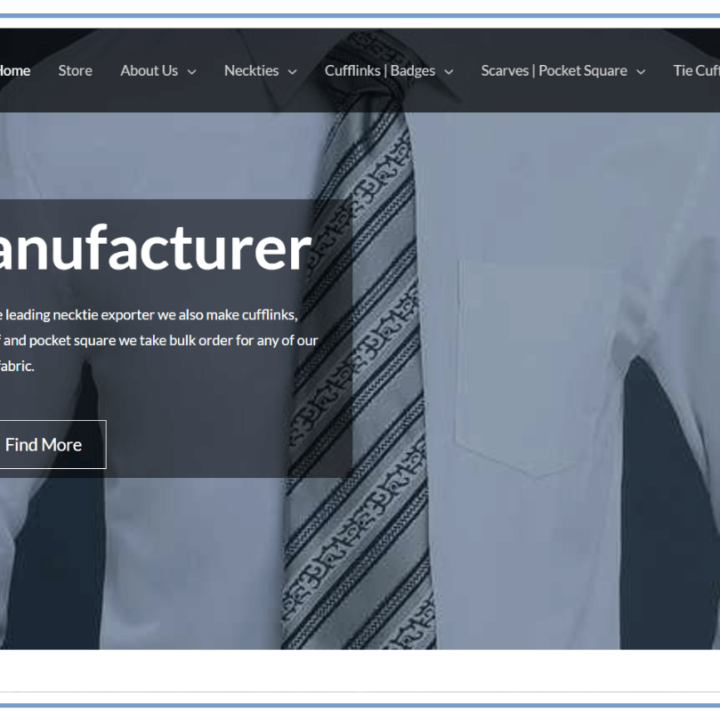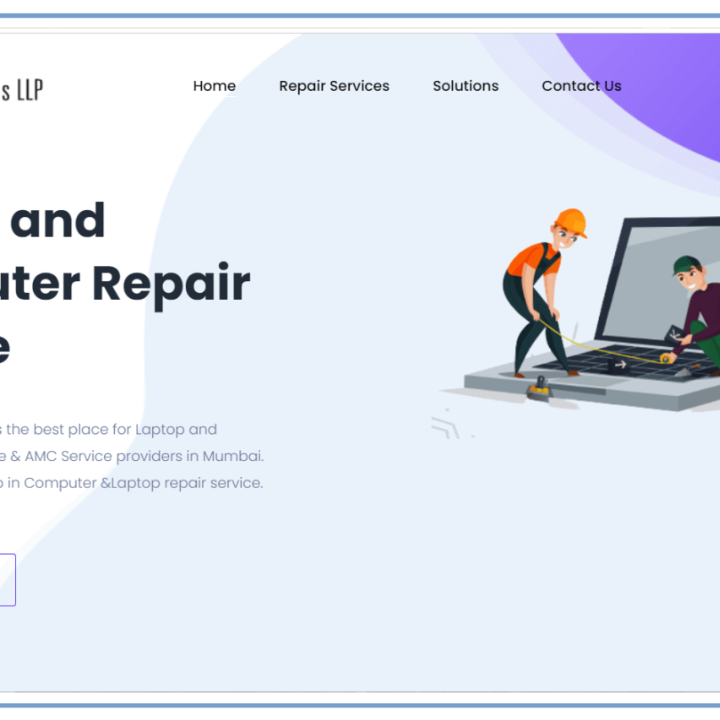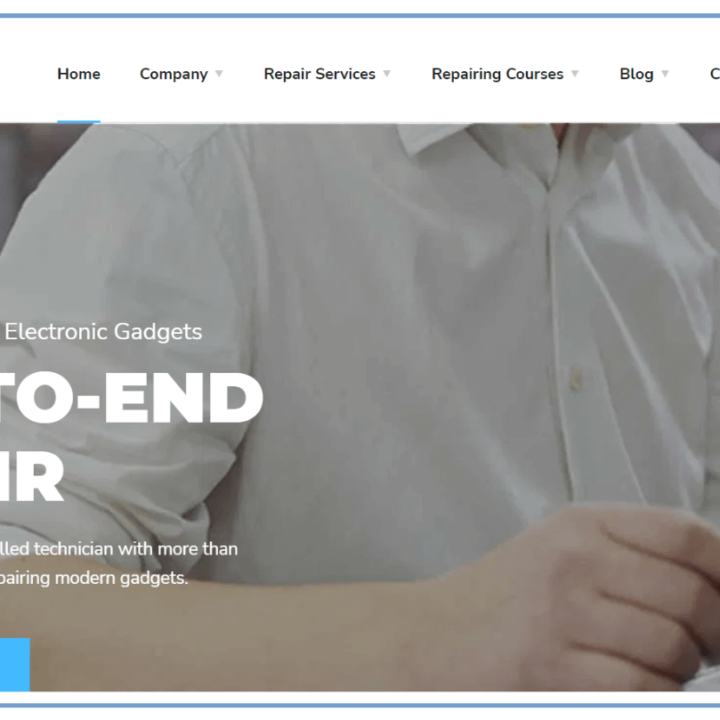What Makes an Effective Landing Page?
Introduction:
For businesses looking to generate conversions and gather leads in the modern digital world, having a successful landing page is essential. A landing page is a specialised web page made with the intention of convincing visitors to carry out a certain activity, such as making a purchase, signing up for a newsletter, or completing a form. What, however, actually qualifies a landing page as effective? In this post, we’ll examine the essential components of an effective landing page and offer practical advice on how to make your landing page as effective as possible in generating conversions.
What Makes an Effective Landing Page?
A well-crafted landing page encompasses various elements that work harmoniously to engage visitors and entice them to convert. Let’s explore these essential components in detail::
Compelling Headline:
The headline of your landing page is the first thing visitors see, and it plays a crucial role in capturing their attention. A compelling headline should be concise and clear and communicate the value proposition of your offer. By incorporating the LSI keyword “landing page optimization” into your headline, you can signal to both visitors and search engines that your page is relevant to their needs.
Persuasive Copy:
The next stage is to captivate your visitors with compelling material once you’ve attracted their attention with a catchy title. Your text should emphasise the advantages of your good or service, speak to the problems that your target market has, and convey a sense of urgency. You may boost the chance of conversion by using emotional triggers and appealing to your visitors’ wants.
Clear Call-to-Action (CTA):
A call to action that is both clear and appealing is crucial for leading visitors to take the required action. Use contrasting colours and compelling language to make your CTA button stand out clearly on the page. Use verbs and phrases that stimulate action, such as “Get Started,” “Download Now,” or “Sign Up Today,” to convey a feeling of urgency and motivate quick action.
Mobile Optimization:
Your landing page must be mobile-friendly due to the rising use of mobile devices. A smooth user experience and responsiveness to different screen widths should be ensured on your landing page. Make sure your CTA buttons are easy to click on mobile devices, use mobile-friendly fonts, and quicken page loads.
Trust Signals:
Building trust is crucial to convincing visitors to take action on your landing page. Incorporate trust signals such as customer testimonials, security badges, and recognizable logos of well-known clients or partners. These elements instil confidence in your visitors and reassure them that your offer is reliable and trustworthy.
High-Quality Visuals:
The interest of visitors is greatly increased and maintained through visuals. Utilise top-notch visuals or movies that are pertinent to your offer and aid in understanding the advantages or characteristics. A landing page that is visually appealing makes a good first impression and improves the user experience as a whole.
Social Proof:
People tend to rely on the opinions and experiences of others when making decisions. Incorporate social proof elements such as reviews, ratings, or case studies to demonstrate that others have benefited from your product or service. Social proof builds credibility and increases the likelihood of conversion.
A/B Testing:
As you continue to refine your landing page, A/B testing could help you figure out what appeals to your audience the most. Test many variations of the headlines, content, CTA buttons, and layouts to see which elements get the most conversions. Make data-driven decisions and frequently assess the results to boost your landing page’s success.
Frequently Asked Questions (FAQs):
Q: What is the ideal length for a landing page?
A: The length of a landing page can vary depending on your offer and target audience. However, it is generally recommended to keep the content concise and focused. Aim for 400-500 words that effectively communicate the benefits of your product or service without overwhelming the visitor.
Q: Should I include pricing information on my landing page?
A: The decision to include pricing information depends on your specific marketing strategy. In some cases, sharing pricing details upfront can help pre-qualify leads and avoid wasting time on inquiries from individuals who may not be able to afford your offering. However, in other cases, it might be more effective to provide pricing information after capturing the visitor’s contact information.
Q: How can I optimize my landing page for search engines?
A: Make sure to include relevant keywords in your title, copy, meta tags, and image alt attributes if you want your landing page to be optimized for search engines. Put your attention on delivering insightful and helpful material that reflects searchers’ intentions. In order to increase your search engine exposure, you should also speed up the loading of your website, make it more mobile-friendly, and create high-quality backlinks.
Q: Is it necessary to have a dedicated landing page for every campaign?
A: The creation of customized landing pages that are targeted to particular offers or campaigns can greatly increase conversion rates, even if it is not required to have a distinct landing page for each campaign. Your marketing efforts will be more relevant and effective if you use a customised landing page to convey a customized and focused message to your audience.
Q. How can I monitor the effectiveness of my landing page?
A: Although it is not required to have a unique landing page for each campaign, designing landing pages specifically for particular offers or campaigns can greatly increase conversion rates. Your marketing efforts will be more relevant and effective if you use a dedicated landing page to communicate with your audience in a personalized and focused manner.
Q: What are some common mistakes to avoid when creating a landing page?
A: Avoid common design errors when creating landing pages, such as employing packed layouts, ambiguous or confusing headlines, overloading visitors with information, dispensing with mobile optimization, omitting a clear call-to-action, and failing to integrate social proof or trust signals. By avoiding these problems, you can create a landing page that converts more successfully.
Conclusion:
An efficient landing page must address your target audience’s tastes and demands. Using the main aspects indicated in this piece, you may optimise your landing page for optimum conversion rates. A/B testing and data-driven decision-making should be used to regularly monitor and assess the performance of your landing page in order to enhance your outcomes. A well-designed landing page may help you increase sales, attract prospects, and reach your company goals.
What Makes an Effective Landing Page?
If you like the post please like and share and do make comments in the comments box.
You may see the affiliate link in this blog. imdigitalvinod may receive a small commission if you sign up for Landing Page Services on the terms of this offer.
